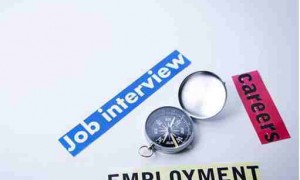Welcome to the second in this three-part Business English Pod series on presenting your ideas presuasively.
欢迎收听三节系列商务英语播客的第二节:如何让你的观点更有说服力。

Last time we heard a bad example and a good example of persuasion. Then we covered the first step of the Monroe Sequence: We learned that to be persuasive, you first need to get the audience’s attention by establishing the relevance of the topic. We also talked about how it’s extremely important to relate your proposal directly to your audience’s needs.
上节课,我们听了说服事例的一个好例子和一个坏例子。我们学习了“门罗序列”说服法的第一步:你首先要通过关联话题吸引听众的注意力。我们也谈到了将提议直接和观众的需要联系起来是十分重要的。
In today’s show, we will be continuing on that theme by looking in detail at the second step in the Monroe Sequence, the need step. This is where you demonstrate to the audience that there is a serious problem with the current situation. This prepares them psychologically to accept your solution.
在今天的学习中,我们要详细学习门罗序列”说服法的第一步:建立需要。在这个步骤你需要向观众证明当前的状况有严重的问题。这样会使他们有心理准备来接受你的解决办法。
Let’s continue listening to the good example of persuasion that we started last time. Remember, Steve has just gotten his audience’s attention by pointing out the amount of money that Swift loses every year due to turnover. He has also posed a problem: How can we reverse the trend and turn the situation around?
我们继续来听下说服法中的好例子,记住:Steve 通过指出Swift因为成交量每年损失的钱而引起了听众的注意。他也提出了问题:我们应当如何改变这种状况而扭转趋势?
Listening Questions:
1. What’s the highest temperature in the welding room?
2. What does Steve present first – the problem or the solution?
3. What kind of strategies does Steve use to paint a vivid picture of the need for his solution?







